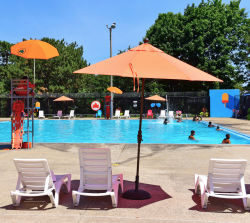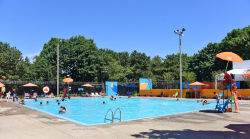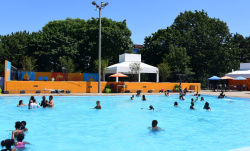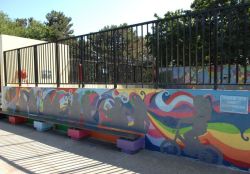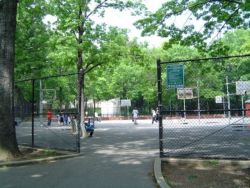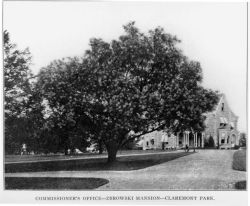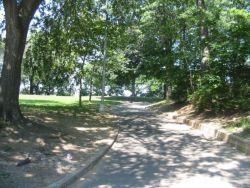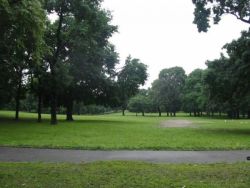Claremont Park
The Daily Plant : Monday, March 2, 2009
Before They Were Parks (Part I)
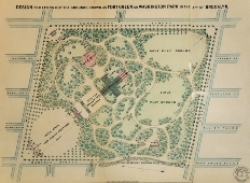
Many City parks are in their second or third lives, having served other purposes prior to their acquisition by the Department of Parks & Recreation. Most of them have interesting stories to tell about their former uses. A few highlights below serve as reminders that everything has a history, sometimes scandalous, sometimes sad, and sometimes silly.
Bryant Park
The City of New York established a potter's field—that is, a burial place for unknown or indigent people—on the site of modern day Bryant Park in 1823. The potter's field continued to be used until 1840.
Around that same time, between 1839 and 1843, the Croton Distributing Reservoir was built where the New York Public Library now stands, on the east side of the park. The land of the former potter's field became Reservoir Park in 1847. The reservoir, which was the city's prime water source for a time, was removed in the 1890s. In 1884, the park was renamed Bryant Park for New York Evening Post editor William Cullen Bryant.
Washington Square Park
Washington Square is yet another park that once served as a potter's field, established as such in 1797, and concluding this role in 1827 with its designation as a public park.
It is said that while a potter's field, Washington Square was once the site of a public execution, giving rise to the tale that the Hangman's Elm that still stands in the northwest corner of the park was once used for hangings. Finally, Washington Square Park's last use before becoming a park was as a military parade ground in 1826.
Prospect Park
One of the major early battles of the Revolutionary War was fought in Prospect Park in August 1776. In fact, the topography of Battle Pass — on the east side of the park along the park drive — looks much the same as it did when George Washington's Continental Army forces dug in against British and Hessian soldiers moving up from the south, eventually forcing Revolutionary troops to retreat in defeat.
Fort Greene
You might not think of it while lounging on a blanket, but Fort Greene Park's high vantage point suited it well for a military installation. Indeed, it was one during both the Revolutionary War and the War of 1812.
In 1776, American Major General Nathanael Greene, for whom Fort Greene Park is named, supervised the construction of Fort Putnam on high ground that is now part of Fort Greene Park. The fort was renamed for General Greene and rebuilt for the War of 1812. When the threat of war passed, locals enjoyed visiting the grounds of the old fort for recreation and relaxation, and the City of Brooklyn designated the site a public park in 1845.
Claremont Park
The area that is now Claremont Park was once part of the Morris family estate, founded in 1679. The Morris family lived on the land during the Colonial era; the most famous Morris, Gouverneur Morris (1752-1816), wrote the final draft of the Constitution. Gouverneur Morris II (1813-1888) auctioned off much of his land in 1848 and wealthy newlyweds Elliott and Anna Zborowski de Montsaulain acquired a parcel in the northern portion of the former Morris property.
In 1859, the Zborowski de Montsaulains built the Claremont mansion and developed the grounds with terraced lawns, descending to the Mill Brook (now Webster Avenue).
After the site became a park, the mansion was converted for use as the local administrative headquarters of the Bronx Parks Department. The mansion was razed in 1938 and replaced with a gazebo.
QUOTATION FOR THE DAY
“Don’t listen to those who say you’re taking too big a chance. Michelangelo would have painted the Sistine floor, and it would surely be rubbed out by today.”
Neil Simon
(1927 - )
Check out your park's Vital Signs
Clean & Safe
Green & Resilient
Empowered & Engaged Users
Share your feedback or learn more about how this park is part of a
Vital Park System

